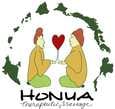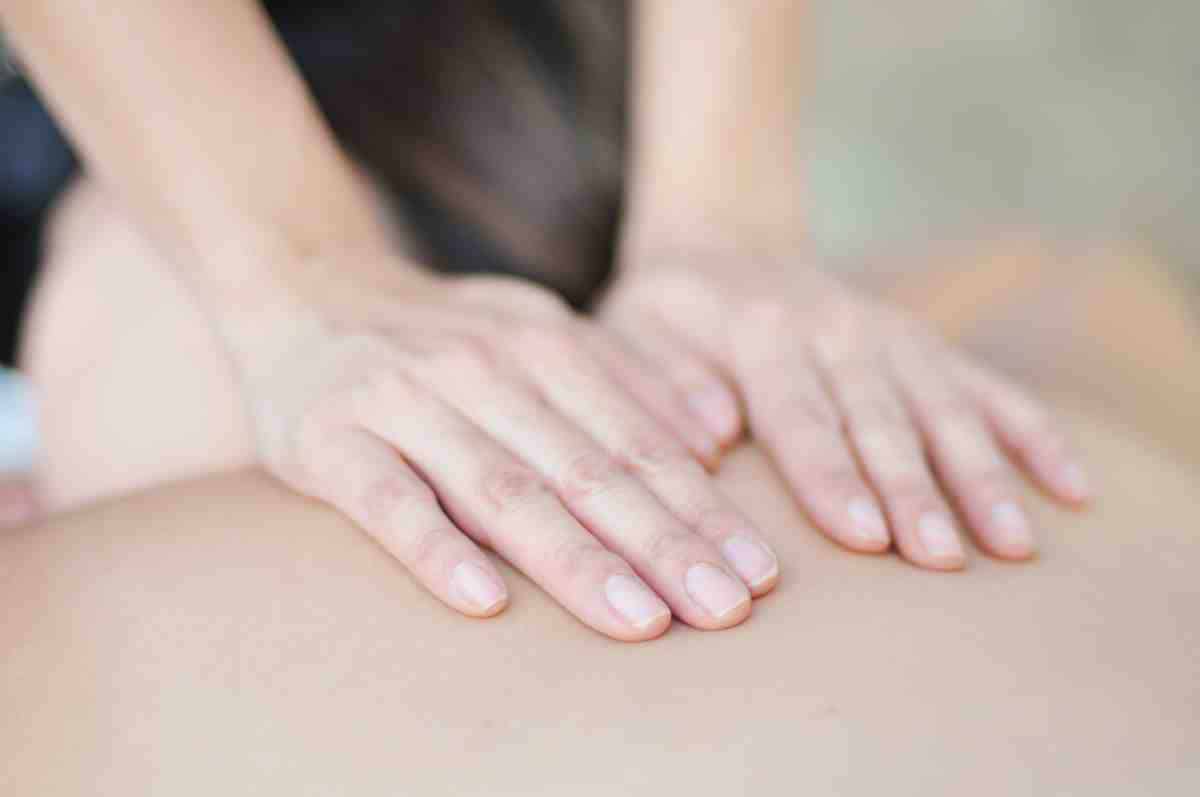
Our Traditional Lomi Lomi Massage is not Aloha Ohana?
Aloha – Alo “Share” Ha “Breath of Life”
Aloha and Love are the main themes of Traditional Lomi Lomi Massage. More so than the technical physical stylistics of the massage, the spiritual and invisible meta aspects of sharing our culture and sharing of Aloha, Ohana, Love, Lokahi, Good Vibes, deflecting Bad Negative Vibes with Ho’Ponopono, prayers and blessings are some of the critical factors of Lomi Lomi. At present Lomi Lomi is riddled in obscurity. Details are scarce. Evidence backed historical, clinical, scientific references regarding medical efficacy of authentic Lomi Lomi Massage Therapy in Hawaiian Medical traditions are virtually non-existent except in oral family traditions. Many of the original families that were designated to protect, practice and share this knowledge are no longer with us.
Another tragedy that compounds the obscurity is the history of condemnation and strife of the remaining Kahuna families upholding the traditions by the former Territory of Hawaii, Republic of Hawaii and the current State of Hawaii adverse claims on the families rights to practice under the guise of public safety. The State usurps their liberties, attempts to define their practices, dictate codes and gain revenue by taxing the Hawaiian medical practitioners in the form of professional vocational fees similar to the way massage therapists and other vocations are taxed. We look at the past to the present day, and progress to protect and preserve the sanctity of this experiential knowledge and wisdom has been greatly suppressed, and on the brink of extinction with the ongoing conflicts. The Traditional Hawaiian medical practices in the late 19th century during the formative years of the annexation period of Hawaii went underground. Open practice of Hawaiian medicine by color of laws and codes became criminalized resulting in the loss of a very sacred piece of Hawaiian History and Culture. The present day literature regarding this topic falls mostly into, personal accounts, anecdotal or experiential narratives.
King Kalakaua and Queen Liluokalani Tribute
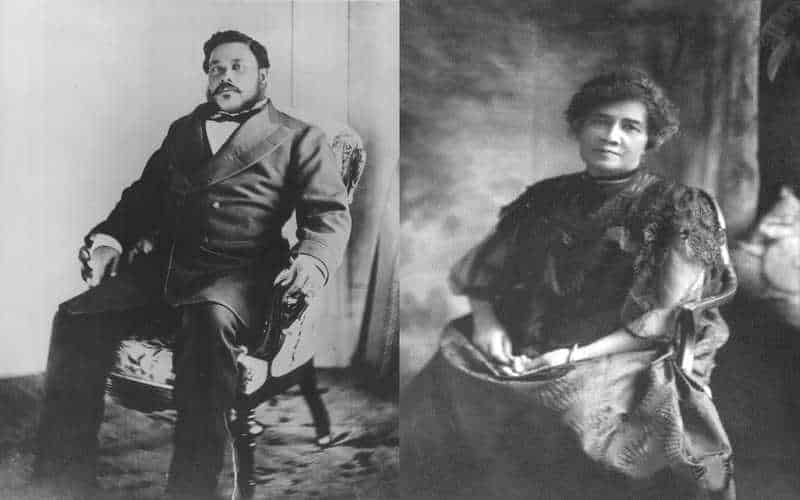
The picture of King Kalakaua and Queen Liluokalani is posted above was our last king and queen. Our final King Kalakaua and Queen Liliuokalani sought to bring back some of Hawaii’s Family Health Wellness Traditions. We honor their effort and determination to revive and preserve the traditional Medical wisdoms and practices abolished by Kamehameha II “Liholiho” and Kamehameha III’s reign from 1819 to 1865.
Kamehameha I and Kamehameha II Generational Changing Times for Hawaii
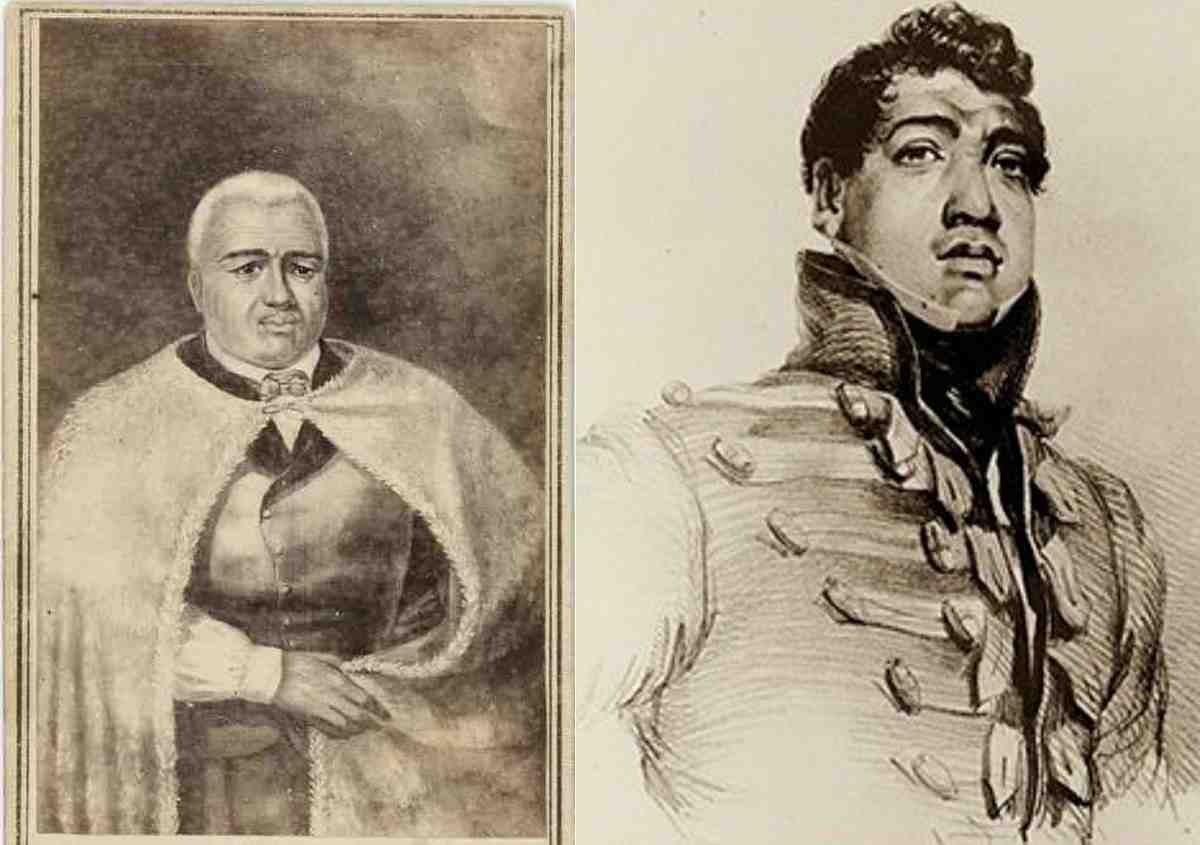
Kamehameha I was a staunch defender of the traditional Hawaiian ways and codes of Kapu which are rules in which men and women were subject to honor and follow under severe consequences up to the death penalty. One of the Kapu involves the economic system, trade and commerce. The Kapu of economy in Kamehameha I’s reign strictly regulated commerce and trade of vital resources to mitigate over exploitation and decimation of the eco system. The subsistence economy by design was to share produce, goods, food, supplies among the community and family. Only catching, growing, grazing, hunting, manufacturing what is needed for the community to live created the delicate balance with the people care taking the land and sea that provided for their livelihood. His son Kamehameha II “LihoLiho” would later overturn much of the customs of the codes and rules under the Kapu after the death of his father Kamehameha I.
What was the foreign influence, novelty, curiosity, amazement of new technology, goods, ways and means that were accepted by sharing, or by choice or thrust onto the Hawaiian people, chiefs, regents and king’s immediate family by force? It was the novel metallurgy and materials, formidable naval capability, cannons, rifles, engineering, for profit trade and commerce, and most riveting acts and behaviors of the foreigners that defied the Kapu without repercussion from the gods overturned the Kapu and religio belief systems into disarray.
The Americans, Germans, French, Russians and even the English who were supposed to be the protectorate for the Kingdom of Hawaii at various times in history have not always been so kind, benign, peaceful or gave the proper honor, respect and dignity to the culture and customs of Hawaii. In hind sight the treatment of the people and even the aristocracy of the Kingdom of Hawaii was brutal and coercive. A specific incident was the Laplace Treaty with the French where the notion of “Civilization Eat Up the Savage” or taking possession of things and people by brute force, violence and any means necessary was known and practiced. Whether by promiscuity, licentious personal physical contact, love, curiosity, commerce and trade, prostitution, brothel businesses, consensual, non-consensual relations, contact without sufficient immunity to the diseases imported contributed to the spread of foreign disease and epidemics. There were outbreaks of cholera, leprosy, syphilis, whooping cough, small pox, measles, influenza, Hansen’s Disease in various parts of Hawaii.
Hawaii history reveals a greater tragedy of entire families being wiped out by the various diseases and outbreaks causing mass depopulation from the ali’i aristocratic royal class families to the maka’ainana working class people. The increase in demand from China for the ili’ahi wood or sandal wood for use in temple carvings and incense in addition to the explosion in the whaling trade from the ever increasing demand from America for whale blubber and oil caused a massive influx of settlers, seamen and landsmen from abroad carrying viral, bacterial, fungi pathogens and antigens vectors of infection.
Without being armed with the knowledge and processes of disease transmission, sterilization, disinfection, minimizing unprotected sexual relations or how to enhance their immunity with nutrition or combating viral, bacterial, fungal infections at its onset, to the ordinary working class maka’ainana why and how sickness spread could be reasoned with superstition that their gods were punishing them.
The rapid advancements in the understanding of microscopic bacteria, and mechanisms of infection were discovered in 1847 German-Hungarian physician Ignaz Semmelweis’s discovery of chain transmission through hands and importance of washing hands thoroughly with Chlorinated Lime solution. In 1862 Louis Pasteur’s discovery of bacteria replication and understanding of the concepts of disinfection, pasteurization and sterilization with Sir Joseph Lister confirming Pasteur’s work correlating poor wound healing with bacterial infection.
Access to western medical discoveries, education, medical supplies, expertise, infrastructure, general knowledge and spread of vital medical information arrived late for the Hawaiians and were new concepts not very well understood or accepted. In addition, many Hawaiians communicated in Hawaiian during this time period and were not reading, speaking or writing in English as commonly as in the present day. The language barrier only exacerbated the transfer of such critically vital information.
Lomi Lomi Massage and Hawaiian Values
Regarding Lomi Lomi we started to retrace published content from various sources, Google scholarly search published materials. In addition local searches at the Hawaii state archives and Bishop Museum archives for any primary source material so far has yielded very little information. There were two references at the state archives regarding Lomi Lomi in the Kelsey and Kekahuna sections. These sections reveal only references to Lomi Lomi and no concrete historical information.
We learned that similar to the current implementation of acupuncture and moxybustion in Chinese healthcare, a number of Hawaiian families specialized in various forms of health and wellness care. Lomi Lomi Massage was one of the components of healthcare incorporated with nutrition, meals, prayer, dance and fitness.
We understand that much of the wisdom and experiential knowledge was passed down from family member to family member as a generational transfer similar to Karate and Jiu Jiutsu. The post below are a few insights from Kumu Karen Leialoha Carroll of the values, sensibilities of Hawaii that engrained in Lomi Lomi.
From the local community perspective, Lomi Lomi and Ho’ponono are terms or words to describe compassion, Aloha and Service Above Self, “Oluolu” or caring for one another, helping each other find balance during times of distress, joy, friends and family celebrations, challenges, prosperity, hardship etc. Very simply they are essences of Hawaii culture comprising all people living and visiting our ohana or “family” culture here. Lomi Lomi is one of many machinations, extensions of Hawaii culture and must be observed in this broader context converging with the people of Hawaii past, present and future. In 2019 the culture of the people of Hawaii is similar to Singapore in the sense there is a history of cultural and ethnic integration primarily 1st to 5th generation Japanese, Chinese, Korean, Hawaiian, Filipino, Portuguese, Okinawan, Samoan, Tongon, Palauan, Micronesian, Marshalese, Chamorro, Brazilian, English etc. We will be covering a personal perspective, a microcosm of Hawaii culture that include Lomi Lomi and the activities going on in the foreground of life, society and history here in Hawaii. Although truthfully at least in Honolulu, we witness people forgetting some of the very critical local traditions and values, they are still strong in many. The people of Hawaii means the open arms of people living here with their families, friends, cohorts, living in proximity, people settling, or immigrating to Hawaii and became a part of the neighborhood. Living in symbiosis with each other with love, symbiotically living with the land and people, similar to the caretaker cultures of many indigenous American tribes, their warmness and compassion are still a way of life and very much a part of our culture here today. Perhaps more than ever before in some respects.
Resurgence of Hawaii Tradition
View this post on Instagram
View this post on Instagram
Part of the tradition of Hawaii and Lomi Lomi is having personal connections with the land, sea, air and people that sustain our lives. Some of the ways in which people connect are through swimming, surfing and joining the ocean’s tremendous force. Some farm, till and work with the soil. Some provide the health and wellness service of Lomi Lomi according to Hawaii traditions, while others take part in spreading Aloha across the world through Hula, grow and eat the local produce, vegetables and drink the water from our natural aquifers. The pictures above are courtesy of our good friend Da Fruit Yogi , a high tech organic farmer growing, grafting rare varieties of mango trees and operating a nursery business growing and selling various tropical fruit trees, soursop, jack fruit, dragon fruit, lemon, purple stem Indonesian papaya, bread fruit, jabuticaba Brazilian grapes, abiu, banana, avocado trees.
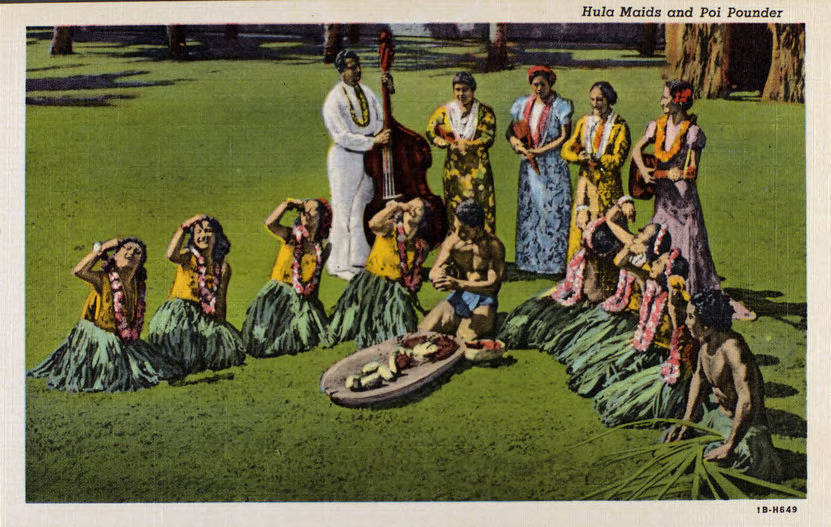
How the People of Hawaii Lived Then and Now
Looking back at Hawaiian history pre-missionary era, the people were relatively healthy, practiced good hygiene, grooming, relatively disease free with a rich and balanced nutrient dense diet. Regular bath, cleaning and grooming was a part of Hawaii lifestyle culture. Part of the reason for the resurgence of the local traditional ways is because of the progress and evolution in our generation, the XYZ through the millennial generation’s evolution and understanding of taking command of their health and wellness. Rather than the pill popping med rituals of the baby boomer and prior generations relying purely on western medicine and prescribed medical doctors to treat disease and poor health, our generations appear to seek their own preventative measures with personal research and application of what they have learned into their diet and lifestyle. Better health and wellness practices through periodic fasting such as in the Yom Kippur and Ramadan traditions. Eating and drinking highly vitalized and mineralized liquids and foods free from pesticides, pollutants, preservatives and artificial synthetic food additives. We are part of this generation coming back full circle to rediscover the health and wellness ways of the past combined with the continuous advancements in our understanding of nutrition. Testing and applying those ideas to measure results long term. Activities to promote aerobic and anaerobic fitness include Dance, Martial Arts, Canoeing, Wind Surfing, Surfing, body boarding, body surfing, swimming, bicycling, walking, running as much as possible. Engaging and going back into the family farming and gardening. Working with the soil developing and fortifying the soil nutrients and growing as much of your own fruits and vegetables as possible in your living room and in your yard or garden. Connecting with the land, air, sea. Living as an adjunct with the land being a way of life. We grow and buy local produce and vegetables as much as possible, immersed with the vital mineral nutrients drawn from the soil for sustenance and good health. Drinking the water and trace minerals from our natural aquifers used to water the locally grown produce and vegetables. From the shorelines around us there are sea vegetable such as Limu. Our favorite “Opihi” crustaceans, “taco” or octopus, varieties of fish such Ahi, Opakapaka, “Lau Lau” or pork and fish with sea salt wrapped in tea leaves cooked in a pit or steamed. One of the favorite types of starch is “Poi” or pounded taro root. In this respect the lifestyle of the Hawaiians still continues on in us in the present day. Hawaii is inside of our bodies sustaining us with vital mineralization, proteins, simple sugars, flavinoids, and phytonutrients. We believe this to be the biological and cultural mechanism to symbiosis with our land and how the meaning of Aina or the Land relates closer to Family caring for each other. The symbiosis, synergistic factors enhancing health and well being include receiving Lomi Lomi Massage. Manipulation and kneading of muscle tissues and deeper organ massage work are interconnected as a holistic wellness package working together with the activities above. The Hawaiians have the innate understanding of wellness. For those reasons nutrient dense foods, herbs, nutrient supplementation, rest, music, dance, prayer and worship of the “Mana” or divine force and the “Akua” or gods of the Mana and the royal genealogy are part of Hawaii culture. More importantly, the meaning and filial piety of kokua or roughly translated “help”, and Malama Aina or care for the land means to taking up help and care of the land as a you will an elder, sibling and family member.
Lomi Lomi Massage and Honua Therapy
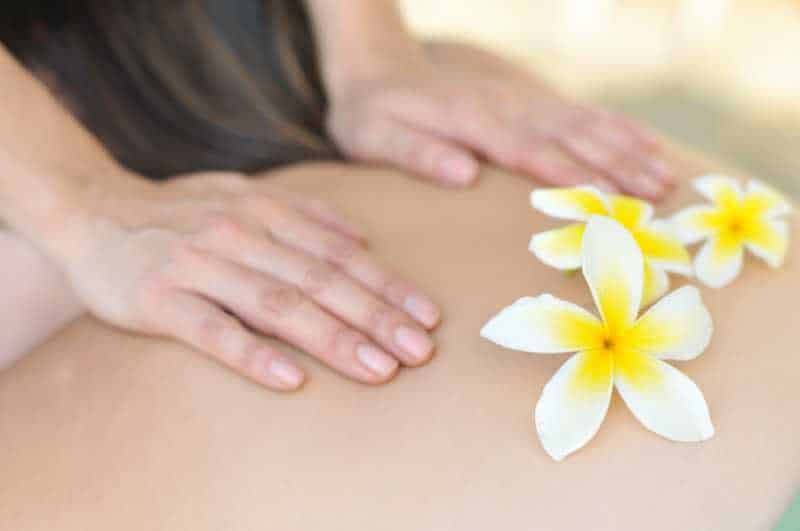
Margarot Machado was recognized and popularized as one of the figures who decided to make the traditions of Lomi Lomi and the interconnecting facets of Hawaii such as Hula, Ho’oponopono, family structures and their practices disclosed to the public. Her inspiration was to spread the teachings of this tradition. Her traditions are one of a handful of “Kumu” or teachers who have taught us and sensibilities of Lom Lomi cutlure applied here at Honua Therapeutic Massage. A lawyer and author Makana Raiser Chai in her book Na’Molelo Lomi Lomi in 2005 who appears to have gone through great lengths researching available textual, visual materials, personal interviews compiled her findings of Lomi Lomi. In fact there are still hardcore Traditional Lomi Lomi practitioners spread through out the islands. One practitioner we visited many years ago operating in Haula Oahu, performs a Lomi Lomi emphasizing prayer and stomach manipulation work in the intestinal regions to promote the mana or ki “気” or energetic force. Thus strengthening, revitalizing the spirits in our vital liver and intestinal organs similar to the perception of acupuncture resulting in promoting gut health. They are unadvertised, maybe unlicensed private practitioners free from the jurisdiction and venue of the State of Hawaii board of Health, Department of Commerce and Consumer Affairs or Professional Vocations. There is reverence and value, for they are still the living treasures of insight, wisdom, history, tradition and an inspirational primary source to apply here at Honua Therapeutic Massage. They are also a sort of spiritual medicine part of our own personal spirit, mental, physical proverbial temple or holy trinity of health. We combine this with the current understanding of consuming digestive enzymes such as Lipase, Protease, Amylase and an assortment of other beneficial enzymes. Additionally combining prebiotics and Lactobacillus and Bifidobacterium probiotic blends into diet are foundational immuno enhancing practices for us personally. Additionally consuming foods rich in nattokinase from a great Japanese delicacy Natto, or fermented soy beans with a combination of the benefits of Alicin from garlic with probiotics from fermented cabbage probiotics from foods such as Korean Kimchi are ways to find powerful probiotiocs from food. This is one actual example of Honua Therapy and the “Pono” meaning balance and wellbeing in our personal dietary practices and benefits experienced of merging varying current scientific cultural ways with the traditional Hawaiian ways. This type of concept is synonymous with the way Lomi Lomi becomes an all encompassing journey into the local Hawaii cultural values and spirituality past and present.
Finding Joy for Yourself is More Important Than Lomi Lomi Massage Technique
The mechanical explanations of Lomi Lomi by countless articles include the use of fingers, hands, forearms and elbows. The common description of Lomi Lomi is explained as follows.
“Lomi Lomi Massage is a flow and rhythm based massage utilizing long kneading strokes to soften muscle fascia, connective tissues extending into the joint musculature, tendons around the joints, vertebrae, organs and effective in promoting an increase in blood flow, circulation of fluids.”
Lomi Lomi Massage critics and detractors mention that the commercial or modern day spa settings have departed from the traditional Lomi Lomi. In some respects this is true and untrue. In all candidness, we rarely if ever read or learn from detractors the cultural, emotional, intent aspects of Lomi Lomi that we perceive as the core bedrock foundation where the ritual and technical aspects lay upon. Traditional Lomi Lomi can extend for days similar to a modern day retreat. The ritual ceremonial practices and customs include the meals, feasts, herbs, fasting, sleep, dance, prayer. The practices are a chance for the participant to learn on a interpersonal and familial level, the ways, customs, outlook and attitudes of the people of Hawaii. We very much recommend guests and families partake in this experience to learn about the similarities traditional Hawaiian customs and ways are to many cultures in the Pacific Rim and Oceania regions.
Our hope is by immersing and engaging actively with what makes Hawaii the place of Aloha, experiencing Lomi Lomi treatments and the through the content posted, we can assist in encouraging curiosity, further study and interaction with the concepts and traditions of Lomi Lomi and Hawaii’s diverse customs, cultures and languages.
We love our guests. In the limited time, space and attention available, we carry on the traditions of Lomi Lomi with the Aloha in our hearts during prayer and during servicing of each guest’s unique needs and goals. Additionally, the decision to share personal wellness information and approach to nutrition was made in the hopes that guests maybe able to benefit outside of their time with us. The use of therapy grade high potency herbs such as our Young Living Essential Oils, new Game Up CBD, Lab Blends CBD Massage Oil, Buddha CBD Matcha , Ginger / Turmeric teas, Burmese Thanaka bark and turmeric facial items, along with other items such as Noni, Samoan Organic Coconut Oil, aloe vera are applied depending on the conditions and requests of guests. The herb, plant, fauna, flora elements or component of services help to enhance the effectiveness of massage and facial skin care treatments. Although foods, nutrients and herbs are very important parts of Lomi Lomi, the most important elements of Lomi Lomi are not necessarily only about the ritualistic and stylistic variations but the intent and the Pono, Kokua, Malama Aloha, Ohana. The deeper nuances explained in the Hawaiian Language and culture, carrying these nuances inside and transferring them forward into assistance and helping the guest is the attitude and orientation of Lomi Lomi. When we examine the Hawaiian language and their nuances we notice many similar and converging sensibilities with the Japanese.
